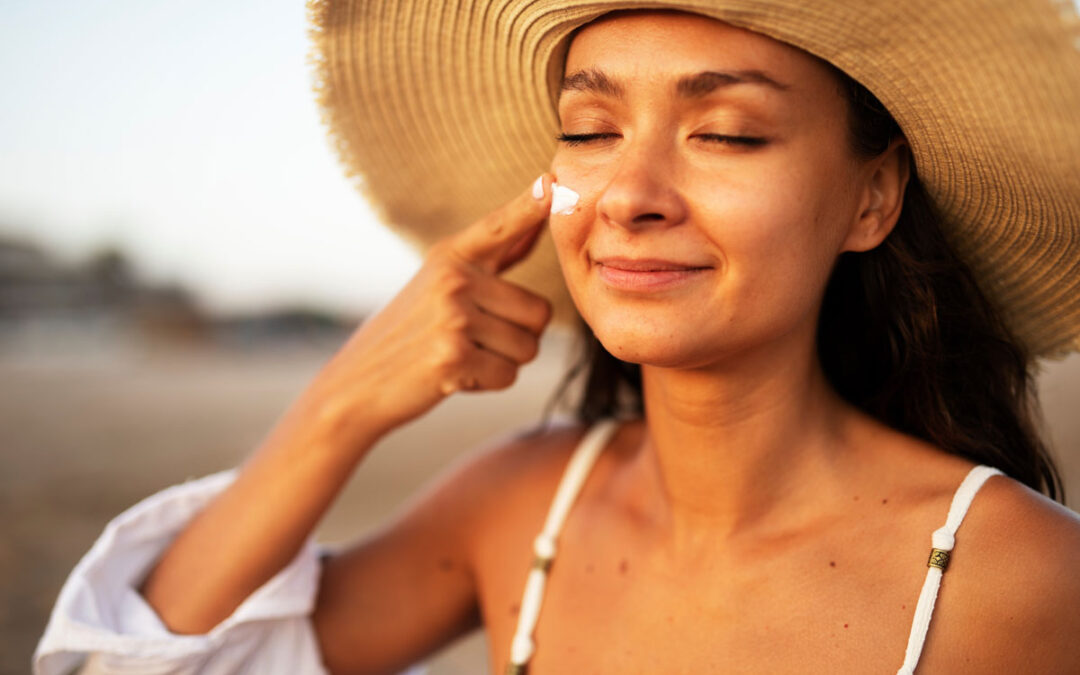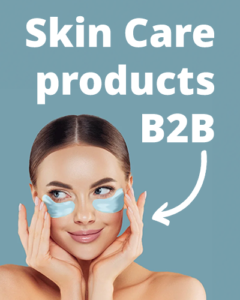Many people understand the importance of putting on sunblock when spending significant time outdoors in the scorching summer months. However, the need for sun protection extends beyond beach outings and other summer activities. Damage-causing ultraviolet (UV) rays are present daily, even when it’s not particularly sunny outside. This piece will explore the importance of daily sun protection, choosing the right sunscreen, and how to apply it correctly to ensure you are protected all year round.
Daily Sun Protection Importance
Daily sun protection is the key to keeping your skin healthy. The seasons or weather on any given day don’t matter. Here are some details of why you should ensure you are properly protected, even on cloudy days with little direct sunlight:
The Effects of UV Rays
There are two types of UV rays that are emitted by the sun. These are called UVA and UVB. While both of these UV rays can be harmful to the skin, they affect the skin differently. UVA rays are able to penetrate deep into your skin. This can lead to premature aging like age spots and wrinkles. UVB rays affect more of the outer layer of the skin. UVB rays are the cause of sunburn and they play a more significant role in the development of skin cancer.
Year-Round Exposure
Unfortunately, many people make the mistake of thinking that sun protection is only essential on days that are sunnier. While clouds can block some UV rays, as much as 80% of UV rays still penetrate through. This makes overcast days almost as much of a risk to your skin’s health as sunny days. Additionally, UV rays will reflect off of surfaces like sand, water, and snow. This reflection of UV rays can actually increase your exposure, even on cloudy winter days.
Exposure Health Risks
When you have unprotected and prolonged exposure to UV rays, there are several health issues that can occur. These health issues include:
- Skin cancer: The most severe consequence of prolonged exposure to UV rays is skin cancer. This includes melanoma, which is the most serious skin cancer.
- Premature aging: Exposure to UV rays can accelerate the skin’s aging process. This premature aging results in fine lines, wrinkles, and a loss of skin elasticity.
- Immune Suppression: Overexposure to UV rays can effectively weaken the skin’s immune system.
Choose the Right Sunscreen
Wearing sunscreen on exposed skin every day you go outdoors is one of the most effective ways to help protect your skin from the harmful effects of UV rays. Unfortunately, there are many options when purchasing sunscreen, making it difficult to know which sunscreen is right. Here are several considerations when purchasing sunscreen:
Broad-Spectrum Protection
When you are choosing a sunscreen for daily use, it’s vital to choose one with broad-spectrum protection. Broad-spectrum essentially means that it can help protect you from both UVA and UVB rays. This type of sunscreen can help protect against sunburns, reduce skin cancer risks, and protect against premature aging.
SPF Rating
SPF stands for Sun Protection Factor. An SPF rating indicates how much the sunscreen protects against UVB rays. Many dermatologists recommend that you use sunscreen with a minimum SPF rating of 30. 30 SPF can help block 97% of UVB rays. While higher SPF ratings will be able to offer more protection, no sunscreen can completely block 100% of UV rays.
Water Resistance
If you are planning to swim or expect to sweat, purchasing sunscreen that is water-resistant is essential. However, keep in mind that the water-resistance only offers protection for a certain duration. While heavily sweating or in water, sunscreen should be reapplied as needed, usually every 40 to 80 minutes.
Skin Type and Sensitivity
Be mindful if you have a skin condition or your skin type is more sensitive. Mineral sunscreens that contain titanium dioxide or zinc oxide cause less irritation to people with sensitive skin. For oily skin or skin that is prone to acne, non-comedogenic sunscreens are good to avoid clogged pores.
How to Apply Sunscreen Correctly
Without proper application of sunscreen, its protective effects can be diminished. Here are some tips to help with sunscreen application:
Coverage and Quantity
Sunscreen must be applied generously if you want to achieve the full SPF rating listed on the bottle. Roughly an ounce of sunscreen should be used to cover all exposed skin. Ensure sunscreen is applied to the face, neck, and ears. Shoulders, back, legs, and the top of your feet should also be covered depending on your outfit.
Application Timing
Sunscreen should be applied at least 15 minutes before your skin is exposed to UV rays. This allows the sunscreen to be properly absorbed into your skin. You should reapply sunscreen every two hours and more frequently if you are sweating or swimming.
Daily Routine
A good tip is to incorporate sunscreen into your daily skincare routine. Even if you are mostly planning to be indoors at your home or at work, UV rays can still penetrate through windows and cause harm if unprotected. A moisturizer that has built-in SPF makes this easy. Additionally, if you wear makeup, many cosmetic products now include an SPF rating.








